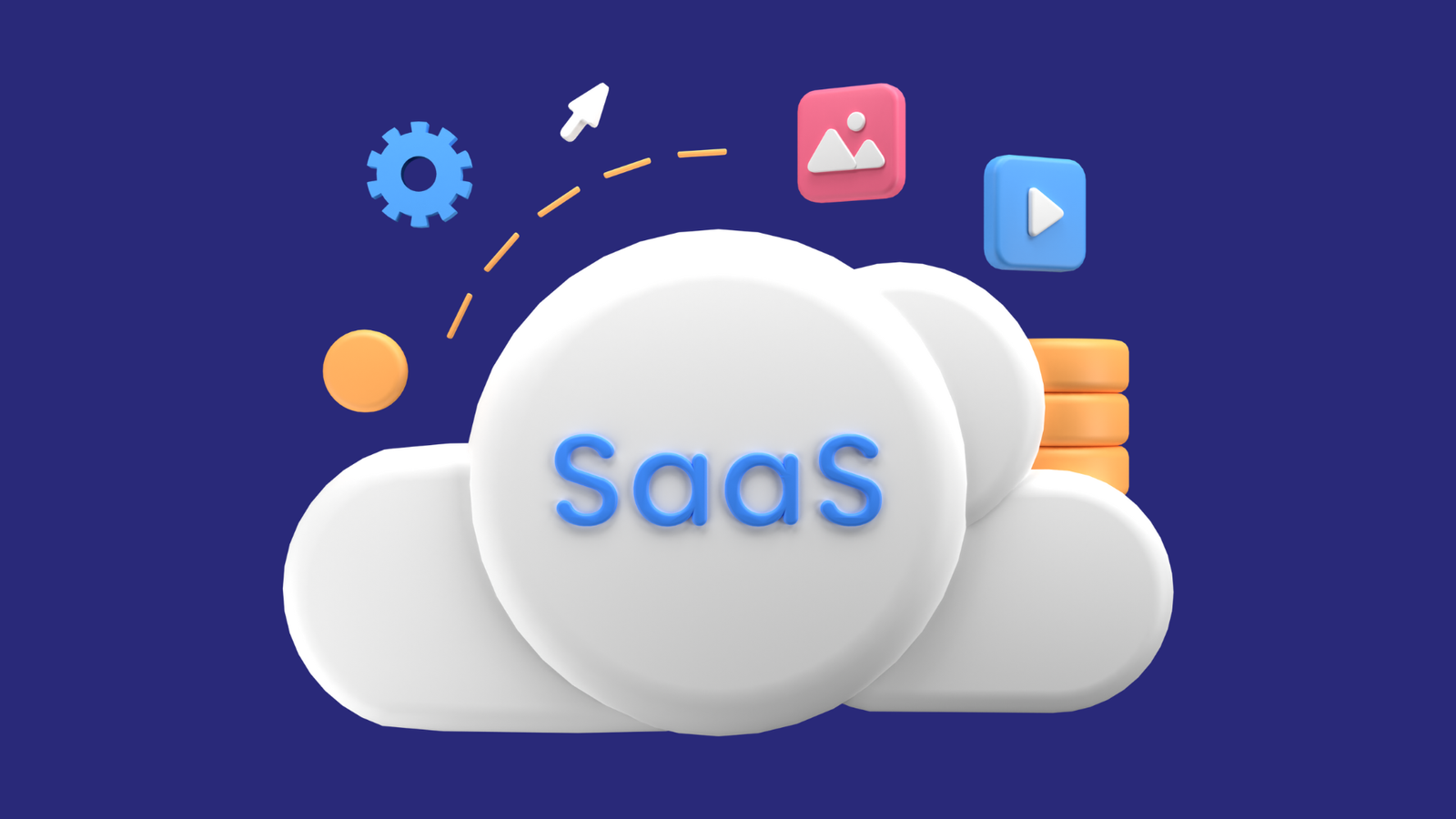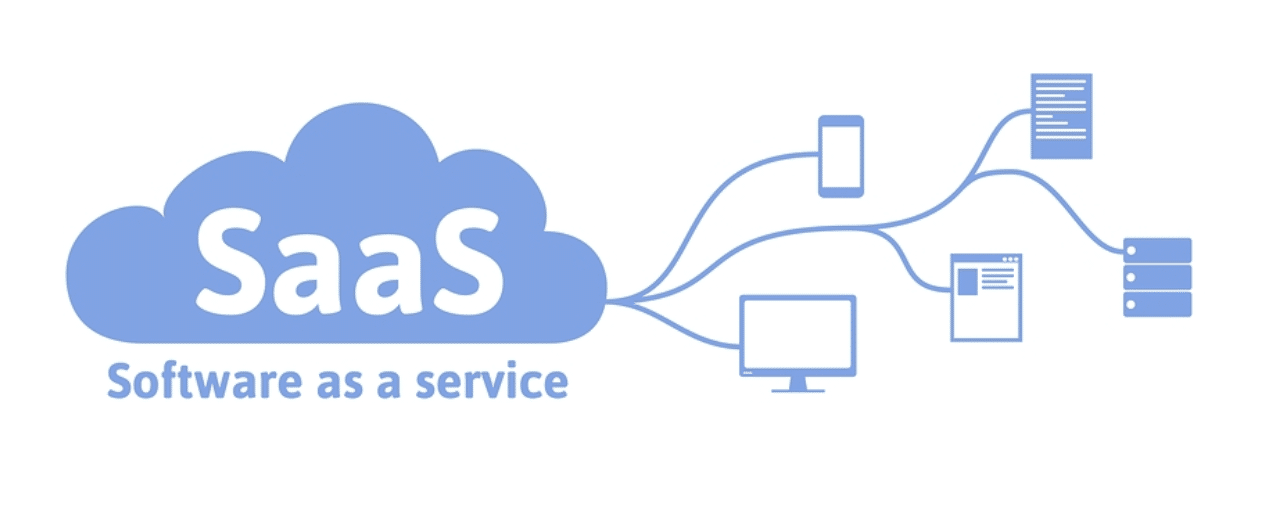What Exactly is SaaS? Think of it Like Streaming Software
SaaS, or Software as a Service, is like renting software instead of owning it. Think about Netflix—you don’t download every movie or show; you stream it when needed. SaaS works the same way. Instead of installing software on your computer, you access it over the internet. You pay for what you use, and everything happens on the cloud, so there’s no need for complicated setups or maintenance.
How SaaS Works Behind the Scenes
With SaaS, software is hosted on remote servers and accessed through a web browser. No installations, no annoying updates—just log in and start using it. The provider takes care of maintenance, security, and upgrades, so you always have the latest version. Essentially, SaaS eliminates the headache of traditional software management.
Everyday SaaS Examples You Already Use
Chances are, you’re already using SaaS without even realizing it. Ever used Google Drive to store files? Or hosted a video call on Zoom? These are prime examples of SaaS. Other popular platforms like Slack for team collaboration or Dropbox for file sharing also run on the SaaS model. They allow users to access tools from any device, anywhere, as long as there’s an internet connection.
The Benefits of SaaS: Why Businesses Love It
SaaS isn’t just a trend—it’s becoming the backbone of modern businesses. Here are some key reasons why companies are switching to SaaS solutions:
- Affordable: Pay for only what you use, with no need for expensive software licenses or hardware.
- Scalable: As your business grows, SaaS scales with you—just add more users or features.
- Automatic Updates: Providers handle updates, so you’re always working with the latest version.
- Remote Accessibility: Use SaaS tools from anywhere, making remote work a breeze.
Challenges of SaaS: What to Watch Out For
While SaaS offers many advantages, it’s not without its challenges. Here are a few things to keep in mind:
- Internet Dependency: If your internet goes down, so does your access to the software.
- Limited Customization: SaaS meaning platforms may not offer the same level of customization as traditional software.
- Security Risks: You’re trusting a third party to handle your data, so it’s essential to choose providers with strong security measures.
SaaS vs. Traditional Software: What’s the Difference?
Traditional software typically requires you to purchase a license, install the software on your computer, and manage updates yourself. With SaaS meaning, there’s no need to install anything—all you need is a browser and internet access. The biggest difference? SaaS operates on a subscription model, while traditional software often involves a one-time purchase and ongoing maintenance costs.
Who Should Use SaaS?
SaaS works well for businesses of all sizes. Startups love it because they can access powerful tools without breaking the bank, while large enterprises appreciate its flexibility. Industries like healthcare, education, retail, and finance are increasingly adopting SaaS to streamline their operations.
How to Choose the Right SaaS Solution for Your Business
Choosing the right SaaS meaning platform isn’t always straightforward. Here are some tips to help you make the best decision:
- Ease of Use: Ensure that the software is easy for your team to use.
- Security Features: Look for providers with robust data protection policies.
- Customer Support: Opt for companies with responsive support teams.
- Scalability: Make sure the software can grow with your business.

Top SaaS Trends to Keep an Eye On
The SaaS world is constantly evolving. Here are some exciting trends to watch:
- AI Integration: SaaS meaning platforms are getting smarter with AI-powered features, such as predictive analytics and chatbots.
- Vertical SaaS: Tailored solutions designed for specific industries like healthcare or finance.
- IoT Integration: SaaS tools that work seamlessly with smart devices.
- Increased Data Privacy: With tighter regulations, SaaS providers are focusing more on security and compliance.
How SaaS is Shaping the Future of Work
The rise of remote work has accelerated the adoption of SaaS tools. Platforms like Slack and Microsoft Teams have become essential for team communication and collaboration. As businesses continue to embrace hybrid work environments, SaaS solutions will play an even more significant role in keeping operations running smoothly from anywhere in the world.
Is SaaS the Right Solution for Your Business?
Choosing between SaaS meaning and traditional software depends on your needs. If you want affordable, easy-to-use, and scalable solutions, SaaS might be the perfect fit. However, if your business requires heavily customized tools, you may still need some traditional software. Finding the right balance between the two can unlock new growth opportunities.
Read More: No Illegal Detention in Sadhguru Isha Ashram: Tamil Nadu Police Report to Supreme Court- Click Here
Conclusion
SaaS meaning is more than just a fancy buzzword—it’s a game-changer. Its affordability, flexibility, and scalability make it an attractive option for businesses of all sizes. Whether you’re managing projects, improving customer experiences, or streamlining operations, SaaS meaning offers endless possibilities.
So, what’s holding you back? Dive into the world of SaaS and discover how it can revolutionize your business today.







